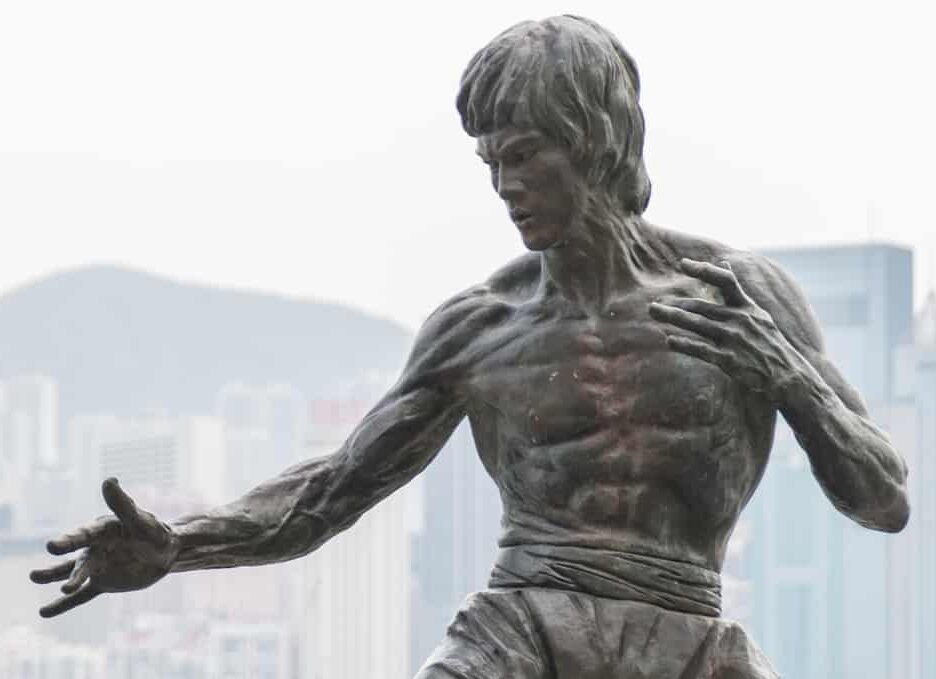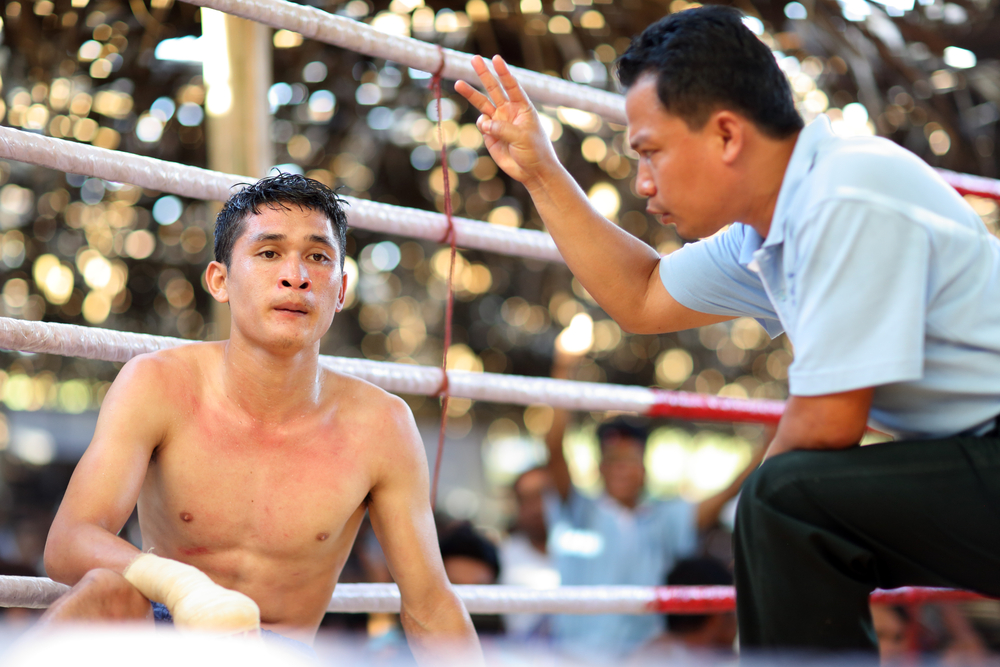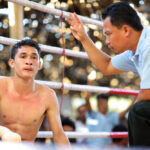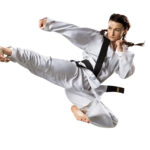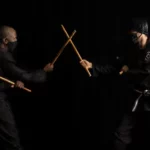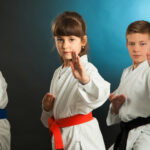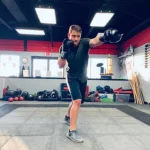“Burmese bareknuckle boxing” is what Lethwei a Southeast Asian form of martial art is also known as. This “striking” combat form is said to have originated from Myanmar, and is said to be involved several forms of clinching techniques. Furthermore, this martial art form is said to be extremely “aggressive and brutal”. In addition, Lethwei is extremely similar in style to Muay Thai, Pradal Serey, Muay Laos, and Musti-Yuddha. This full contact style of combat is also commonly referred to as “The art of 9 limbs”.
a. History/origin of the Lethwei:
According to the cultural history of Myanmar, Lethwei was basically created as a form of entertainment, and with the intention to cater to people belonging to all strata in society. Furthermore, duels were then fought in sandpits rather than in rings, while fighters fought using no protective equipment and only wrapped their hands using hemp or gauze. In addition, there were no points system used.
b. Weapon used in the Lethwei:
Since this is a “striking” form of martial art the weapon used is mainly the “hands and feet” of the fighter.
c. Technique used in the Lethwei and training availability:
In terms of technique, a fighter in this style of combat basically uses moves such as fist punches, elbow strike, knee strike, and kicks. In addition, a “headbutt” is also permitted in this martial art form. Furthermore, moves such as roundhouse kick, jumping knee and elbow, and back hook kick are also some moves that are frequently used. The fighters in Lethwei also make use of two traditional gestures, and they are as follows:
1 Lekkha Moun:
“To challenge an opponent with courage and respect” is the reason why a gesture known as Lekha Moun is used in this form of combat. It is essentially undertaken by clapping the right palm three times to the triangle shaped holes while bending the left arm.
2 Lethwei Yay:
“A fight dance” is the best way to describe a gesture known as Lethwei Yay. It is usually performed before a dual and after it as a form of a victory dance.
As for training centers/schools, there are a few available especially in Myanmar for those interested in learning this “striking” combat.
